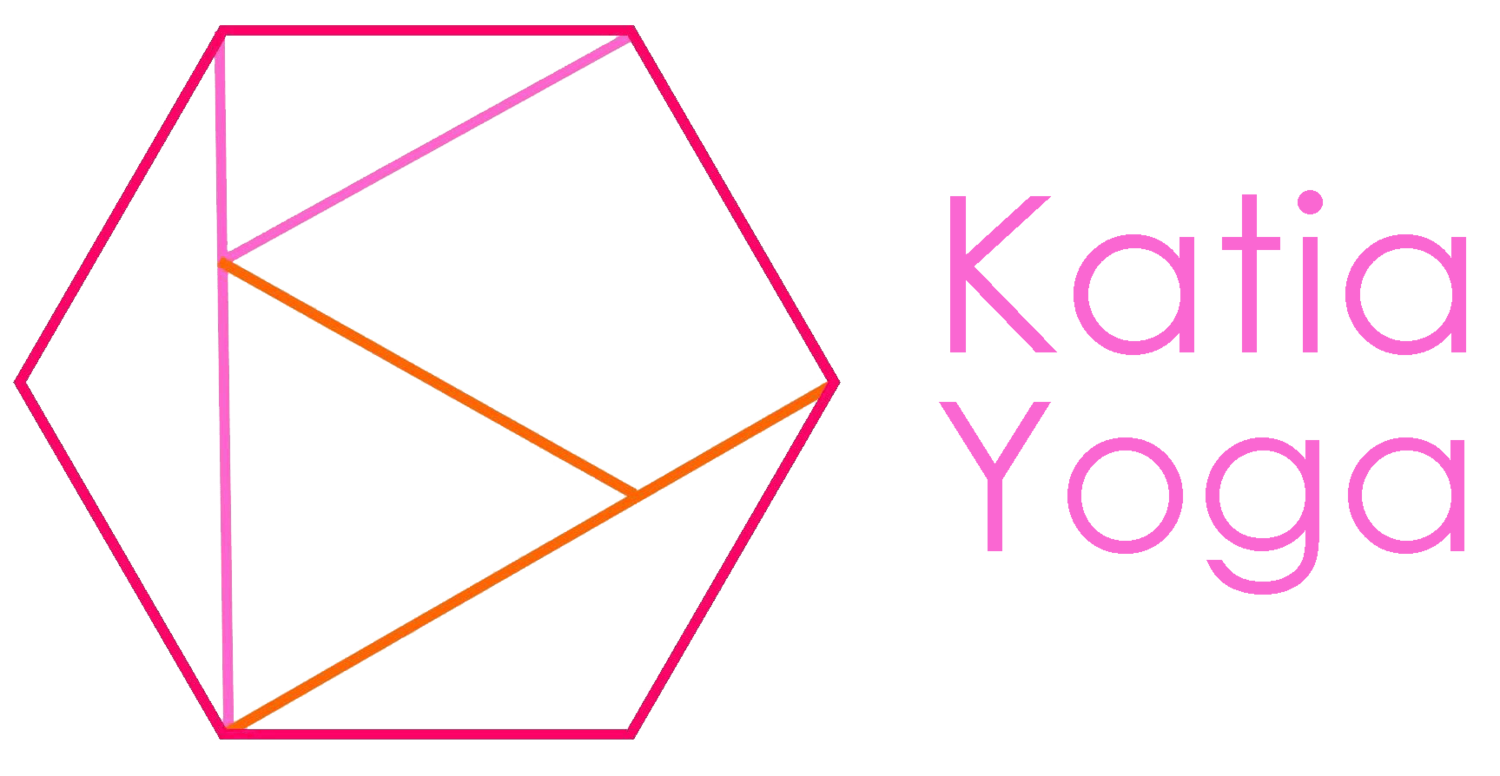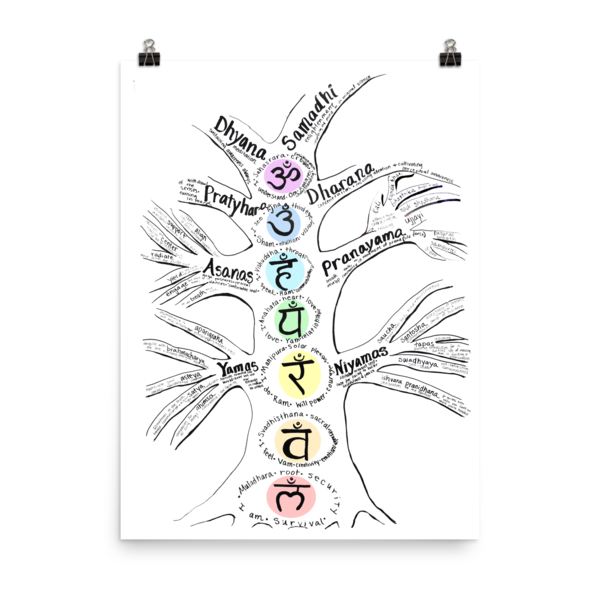Guide to the 8 Limbs of Yoga: Dhyana: Deep Meditation
Dhyana or deep meditation is the 7th of the 8 limbs of yoga. Meditation was the original purpose of yoga. Yoga asanas were positions for meditation. Then asanas were practiced to connected body, mind, and breath to prepare the practitioner for meditation- to establish that peaceful place of calm openness. Awareness was the ultimate goal of all of yoga.[Just so you know, this post contains affiliate links, meaning if you click through and purchase I will receive a small commission]
These days, I think the focus has changed. Meditation is often a yoga add-on and asana is the main focus. While asana itself still can be a beautiful meditation, I think it's important to recognize meditation as a wonderful stand-alone practice OR piece in the whole of the eight limbs of yoga. The other 6 limbs before dhyana all lead up to this deep meditation by preparing the mind, body, and soul for the deep meditation. The other 6 limbs are the yamas and niyamas (which tell yogis how to behave and how to treat people, including themselves), asana (yoga poses), pranayama (breath), pratyahara (withdrawl from the senses) and dharana (total focus) . All 7 of these limbs are leading to the 8th and highest, which is samadhi which is described as enlightenment, freedom from the cycle of rebirth or absorption into the whole.*
Dhyana
Your Complete Guide for How to Start to Meditate: Practical Ideas and Encouragement for your Meditation Practice. This post gives detailed tips on how to start to meditate, including benefits, inspiration, what to focus on, how to sit, when to meditate and more #meditation #meditate #starttomeditate
Amazonite and Rudraksha Mala Necklace- 108 Hand-knotted beads - see more in the shop
The word dhyana comes from 2 sanskrit words: dhi (meaning the mind) and yana (meaning moving or going). Alternatively, it is also said to be based on the word dhyai, meaning to think of. In the Bhavagad Gita, it is described as the yoga of the mind.
In the deepest stage of dhyana, called jhana, the yogi is so deep in their practice that they no longer see their meditative practice as a separate practice oustide of themselves, instead they are so immersed that they see themselves are part of the practice or it is part of them-- they are one in the same-- both part of the whole. It can be seen as a state of being. Meditation leads to this deeper state of being which is dhyana.
In dhyana it is potentially possible to see a glimpse of the soul or atman. You can better understand yourself and true reality. The ego will leave you and you will feel pure love.
Benefits of Meditation
bringing calm and relaxation to the body and mind
helps manage stress levels
boosts immune system
improves cognitive functioning
improves self-awareness and empathy
Beginning Dhyana through Meditation



For more on beginning your meditation practice click the image above to the right (or here). The post gives ideas on when to meditate, how to sit, ideas on what to meditate on, problem-solving, how to close and more!Here are some of my favorite meditation books



Dhyana is a state of deep meditation. It is the 7th of the 8 limbs of yoga. Meditation was the original purpose of yoga. Read about how mediation can help you achieve dhyana and more about this advanced state as well as the other limbs of yoga





